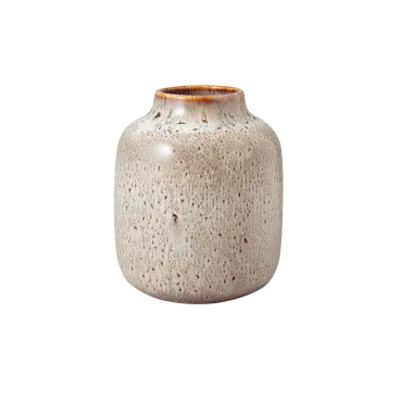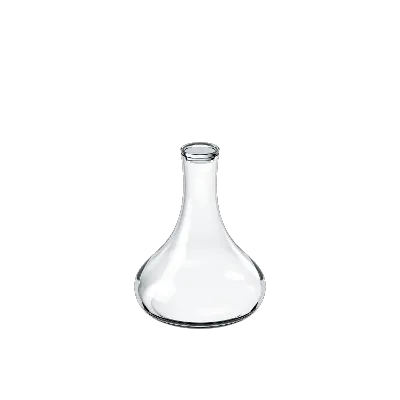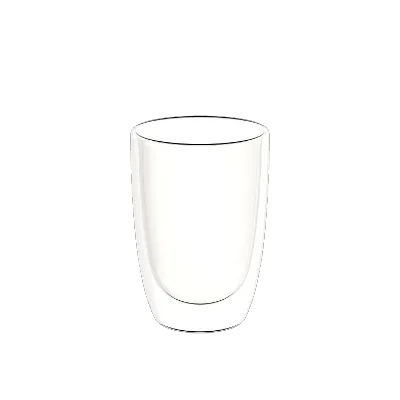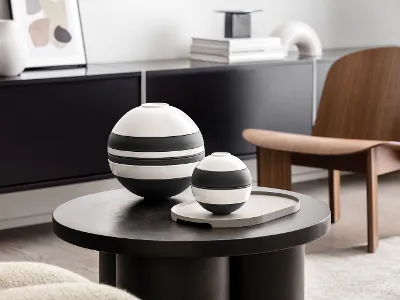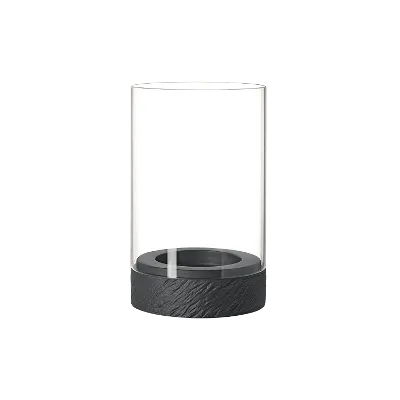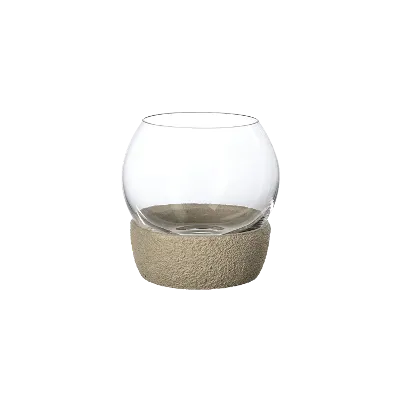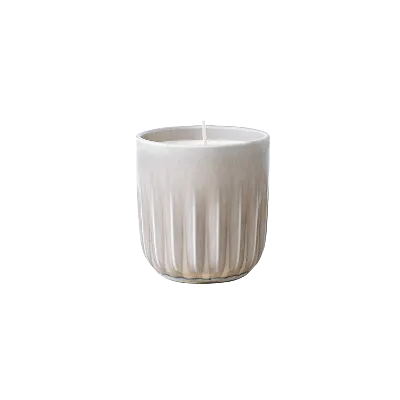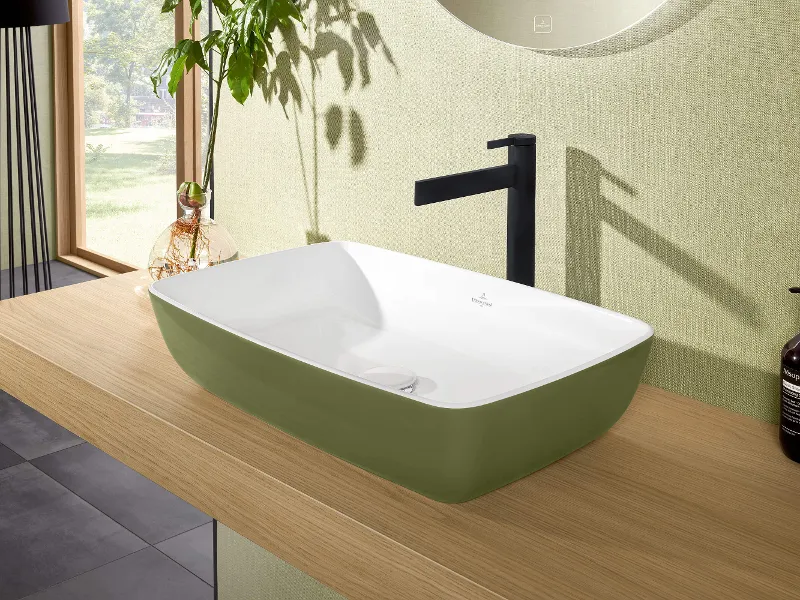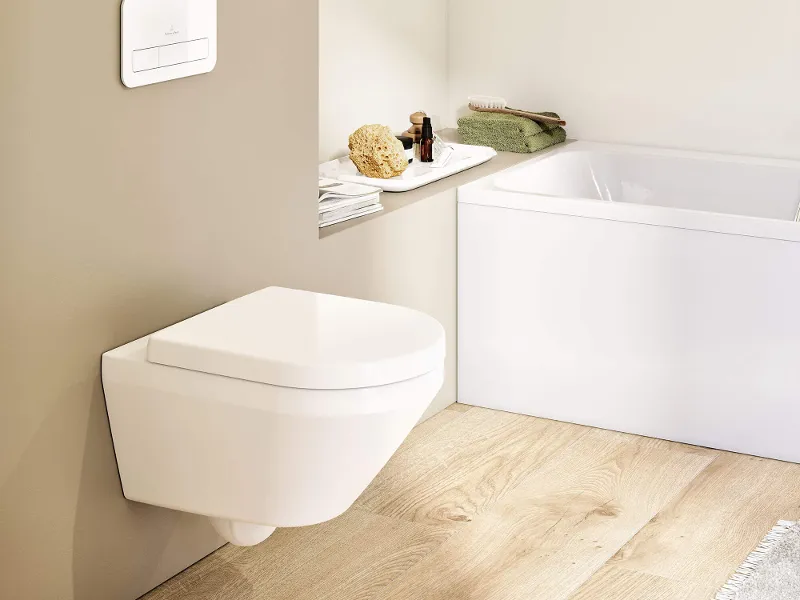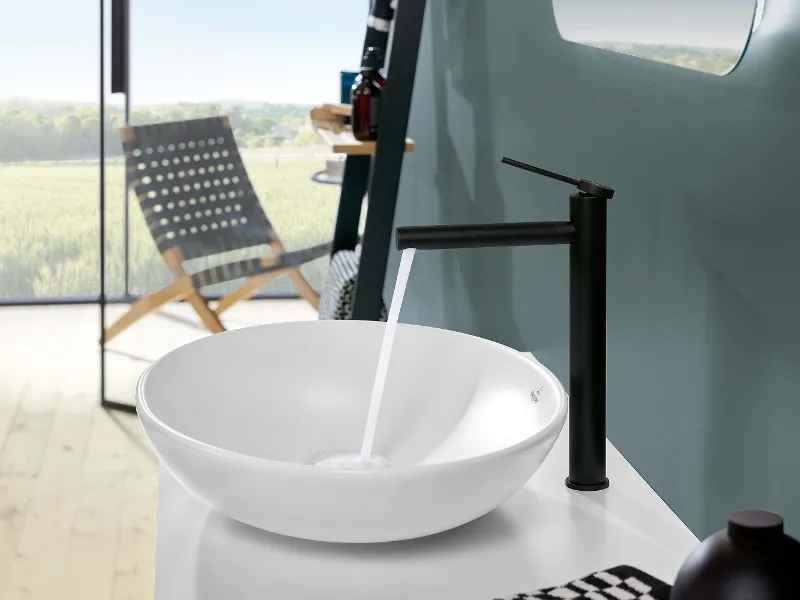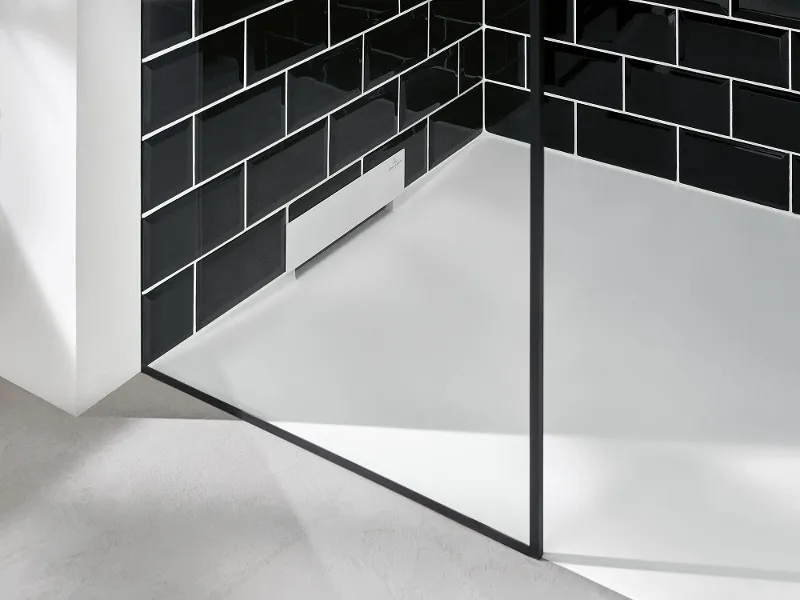Order cut off dates for Christmas Deliveries:
15 Dec for WA, SA & NT | 18 Dec for all other states
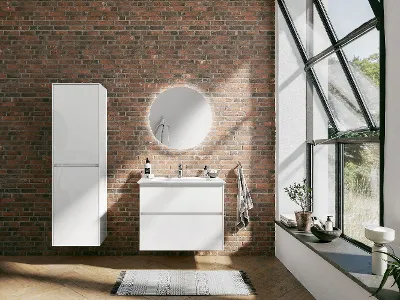
Bathroom repairs
To ensure your bathroom remains a welcoming haven of well-being, you will need to carry out a few repairs from time to time. We explain how you can remedy minor issues in your bathroom.
Helpful tips for bathroom repairs
Every now and then, problems crop up in the bathroom, for example with the pipes, tubes, toilet bowls, taps or shower doors. Some kind of bathroom repair will then be required, because blocked drains, leaking pipes or a dripping tap are unpleasant and also a waste of precious water.
However, other things in your bathroom will occasionally need repair too. For example, the silicone seals between tiles, or the tiles themselves may be damaged.
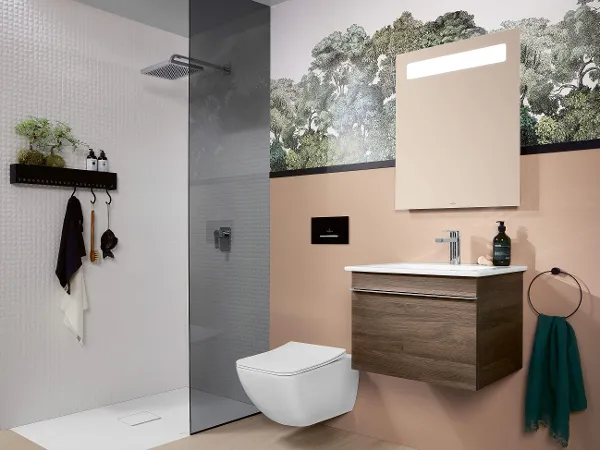
Fixing plumbing troubles in the bathroom
We've all been there: dealing with a leaking toilet flush that causes the water to run non-stop. Not only can it be expensive, but it also leads to unnecessary waste of water. It’s therefore a problem that need repairing quickly. Most of the components of a flush system – the seal, float and inlet valve, for example – can be repaired or replaced easily. When purchasing spare parts, always check that they are compatible with your toilet flush system.
But what happens if ceramic of your bathroom fittings gets damaged? Minor scratches on the washbasin or shower can be fixed using a special repair kit. If the damage is more extensive, it will be best to buy a new one.
Repairing bathroom tiles
Tiles protect walls from wear and moisture. However, they are vulnerable to damage from impacts. We have a few tips to help you repair damaged bathroom tiles.
Small cracks and scratches can be repaired easily with a touch-up pen. Chipped areas can be sealed using a special tile adhesive. Classic filler can be used for larger cracks and drill holes. However, filler contains gypsum and absorbs moisture. This is why many people opt for silicone, which is available in different colours and resistant to moisture. Epoxy resin can also be used to fill cracks in tiles.
Tools and materials for tile repairs
To repair tiles, you will need a combination of manual skill, tools and materials.
The main tools required to repair tiles are a cordless drill, a multi-sander and a multi-function tool.
Various other items will also be needed, including: a paintbrush, scraper, cloth or cleaning brush, filler plane, plastic spatula, pliers, wiper, vacuum cleaner and gloves.
You’ll also need sandpaper (e.g. 240 grit) for the multi-sander or to sand manually, plus silicone or two-part filler and tile varnish.
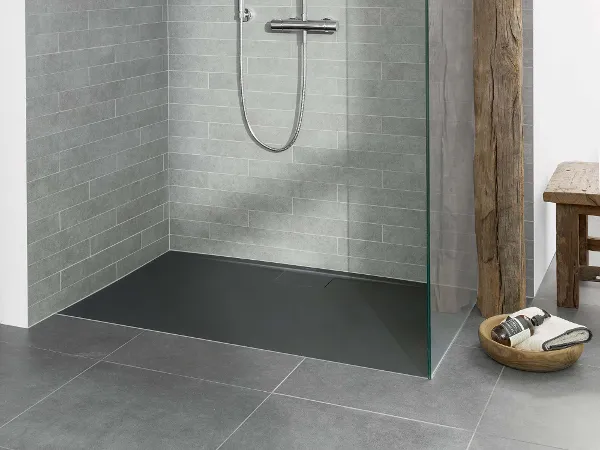
Selecting suitable replacement tiles
Minor blemishes and damage to tiles can be repaired relatively easily. However, in the case of large cracks or fissures, often the only solution is to replace the tiles with new ones. With the right technique and tools, you can also do this yourself.
In an ideal situation, you’ll have previously put a few tiles aside, just in case. If you have, you can start replacing the tiles immediately.
Tips for preventing problems in the bathroom
The bathroom is a warm and humid environment and, because it is used daily, damage can soon occur. However, the following tips can help you to avoid certain issues.
Flush out pipes regularly with hot water
To prevent blocked pipes, flush them out with hot water on a regular basis..
Replace old silicone seals
Old and cracked silicone seals should be replaced to stop moisture from penetrating into the walls and to prevent the formation of mould.
Vinegar cleaner prevents limescale build-up
To prevent limescale build-up on taps, dry them with a microfibre cloth or wipe them with vinegar cleaner after use.
Use fabric bathroom floor sets to protect floor tiles
A high-quality set of fabric bathroom mats will enhance the appearance of your bathroom, while protecting floor tiles from damage caused by falling objects.
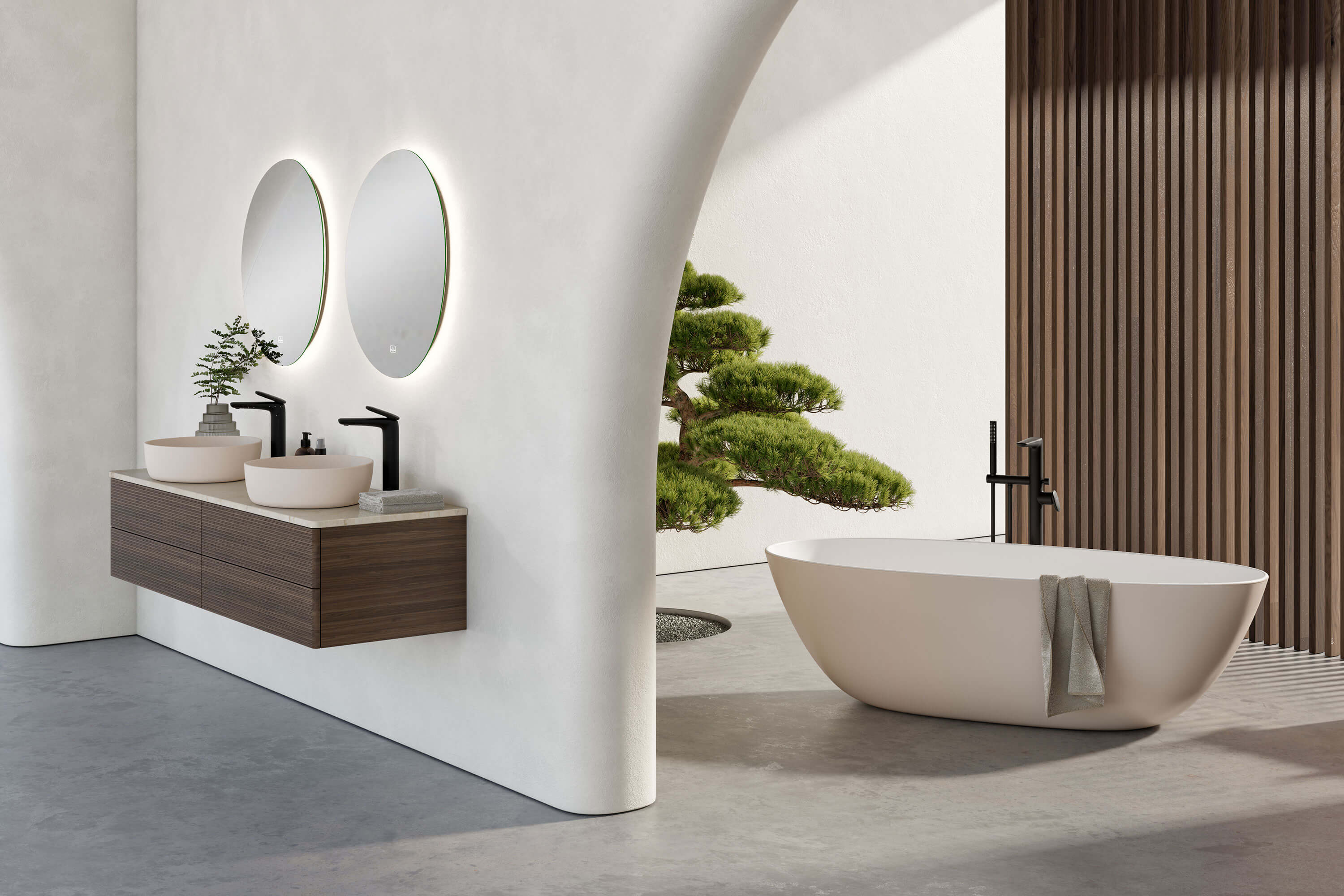
All about your personal spa bathroom
Discover modern bathroom ideas – including cleaning tips and exclusive benefits delivered straight to your inbox.
As a welcome gift, you will also receive a 10% discount on your first order of Dining & Lifestyle products.[0]
Expert assistance for every occasion
Service and advice
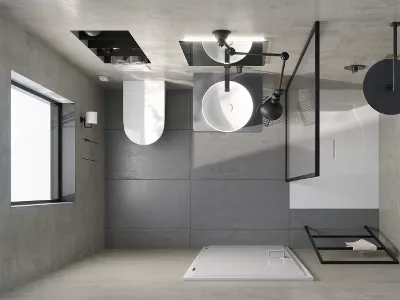
Bathroom planner
The online Bathroom Planner will help you plan your dream bathroom to meet all your wishes and requirements in just a few simple steps.

Find a dealer
Find your nearest Villeroy & Boch dealer and get expert advice on our products.

Free video consultation
Use our video advice service for help with your bathroom planning: discuss all the details of your bathroom project with our experts online.


